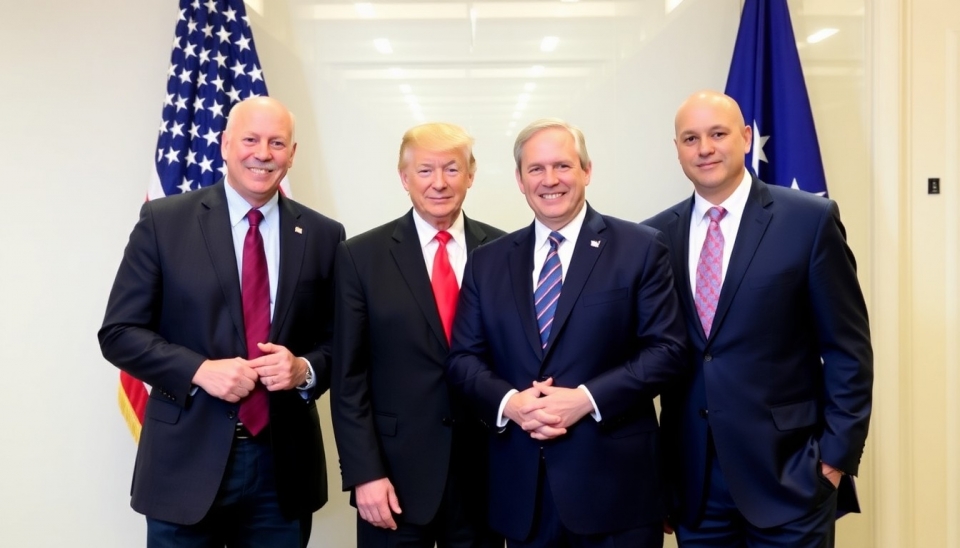Muted Job Growth in the US: What Does It Mean for the Economy?

Recently, the United States has experienced a slight increase in employment, suggesting a modest improvement in the economic situation. According to the latest data, the unemployment rate fell to 3.8% in August, which is a positive sign for the economy. However, job creation rates were more modest than expected, with only 187,000 new jobs added in August. This figure is significantly below economists’ forecasts of a 200,000 increase.
These data underscore the complex dynamics in the labor market: while the unemployment rate is decreasing, employment growth is not meeting expectations. Experts note that the labor market is showing signs of slowing down, potentially indicating a gradual cooling of the economy. Inflationary pressures are also continuing to affect wages, which are increasing but at a slower pace than last year. In the last month, average wages rose by only 0.2%.
Analysts express concern that such results could signal weakening economic activity and potential risks for further growth. The rapid rise in borrowing rates recently has raised questions about how sustainable this job growth will be. In an environment of rising prices and more expensive credit, companies may begin to cut back on their investments or even lay off employees.
With the employment data in mind, investors and economists are closely monitoring the actions of the Federal Reserve. It appears tightening monetary policy may continue if unemployment and inflation are not adequately controlled. This creates uncertainty for sectors like real estate and consumer services, which may face weakening demand in the coming months.
The results of the employment report also highlight disparities in labor resources across the country. In contrast, some sectors, such as technology and healthcare, still exhibit a high demand for specialists. This creates certain imbalances in the labor market, where some segments are experiencing labor shortages while others are facing potential layoffs.
Thus, the latest employment data in the US prompt serious reflection on future economic trends and the state of the labor market in the country.




